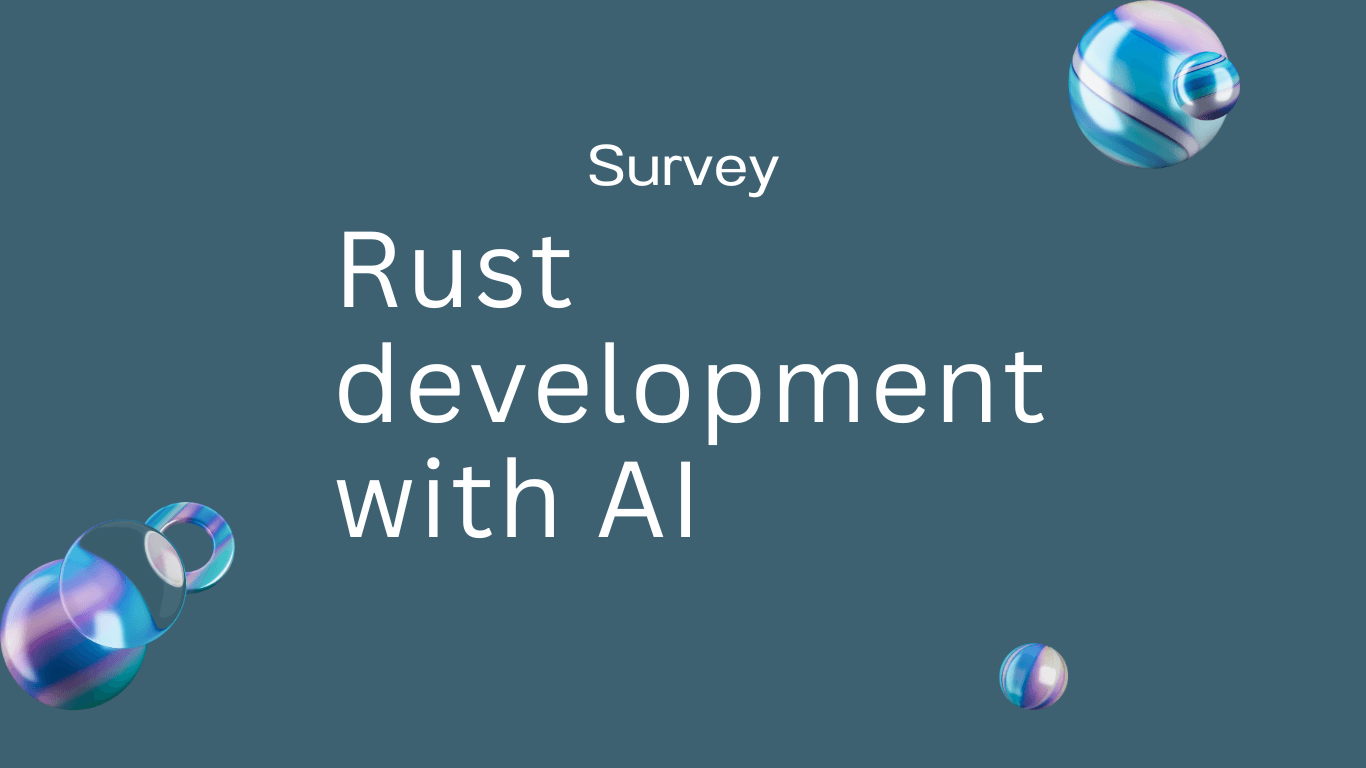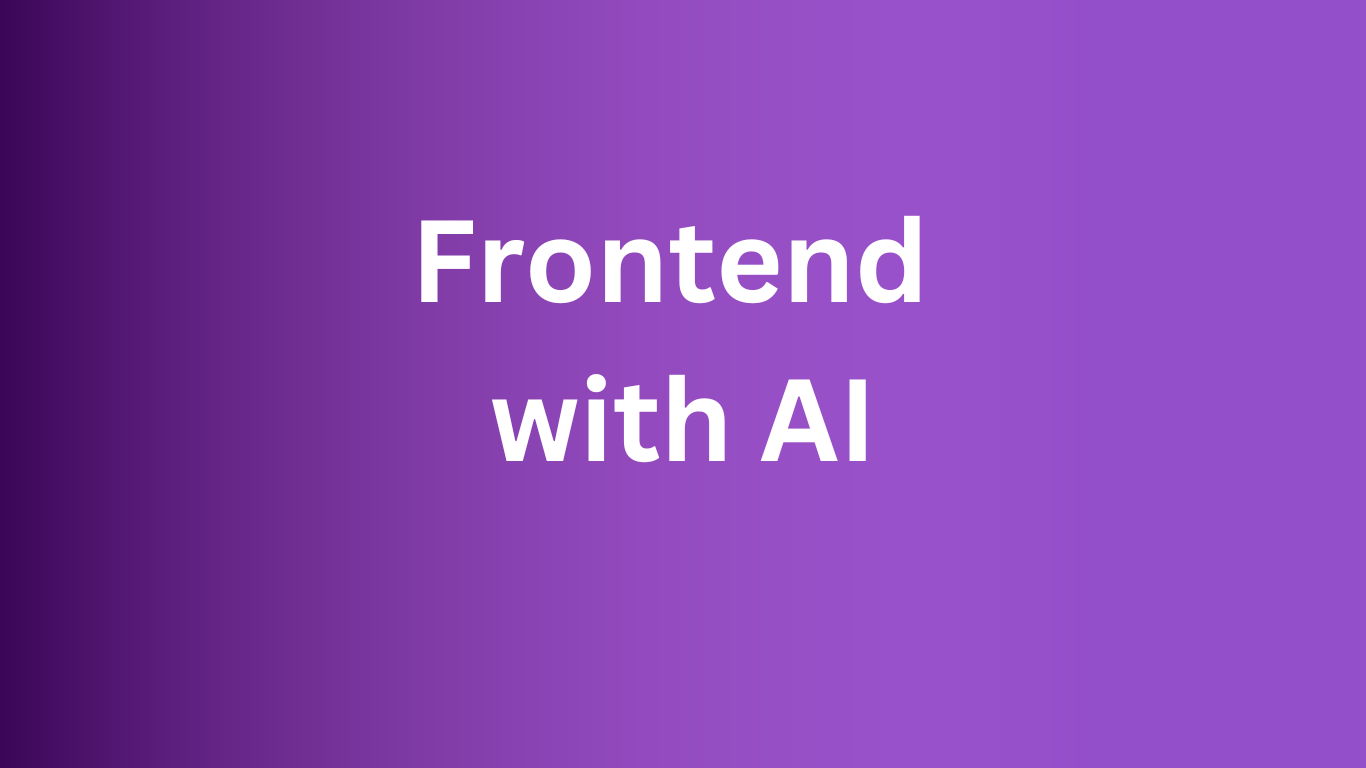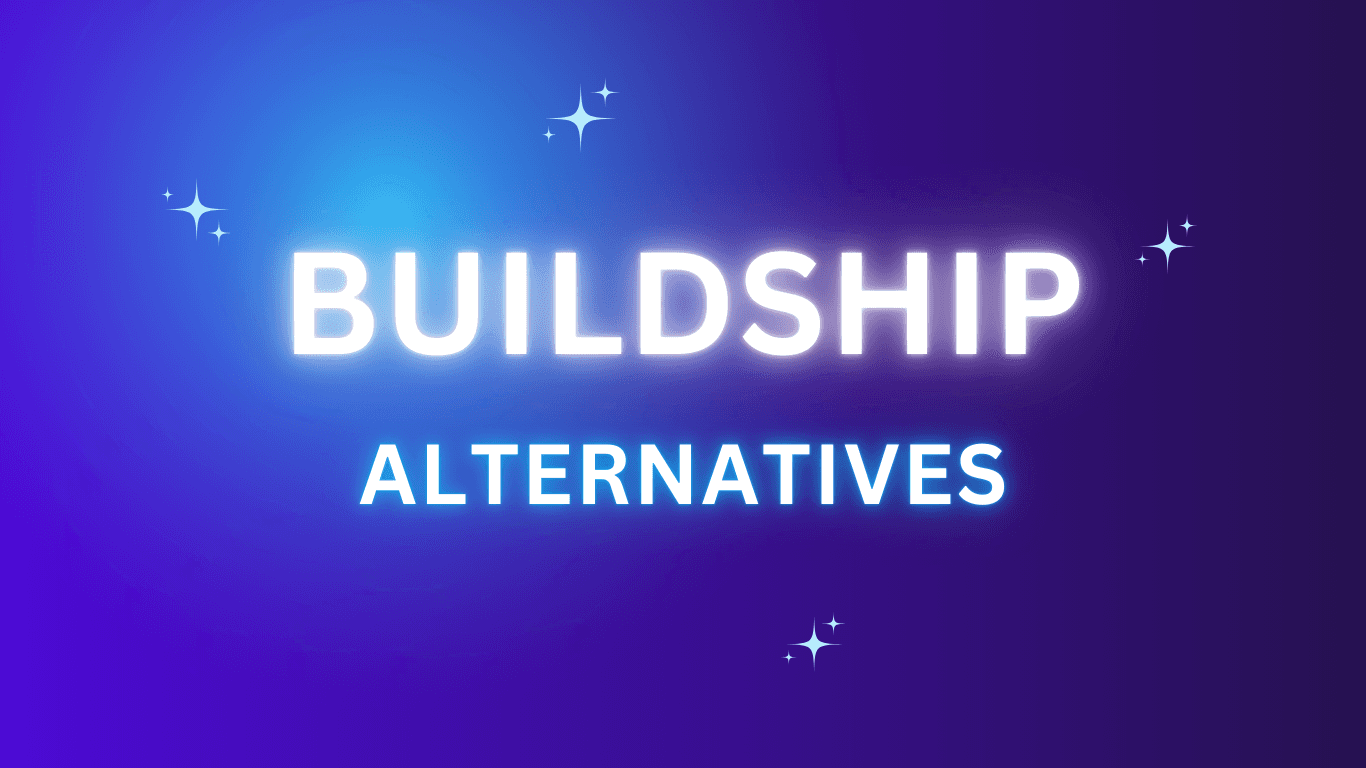5 Steps to Automate Your API Development Process
APIs power 57% of all Internet traffic, but manual development can take 4x longer and increase security risks. Automation using AI tools can cut development time by 85%, reduce costs, and improve security. Here's how to streamline your API process:
AI-Powered Code Generation: Generate backend code in minutes with tools like MetaTable.ai, saving months of work and cutting costs from $15,000 to $25/month.
Automated Database Management: Create and update schemas effortlessly while ensuring scalability and data integrity.
Dynamic Documentation: Keep API specs accurate and up-to-date automatically.
Intelligent Testing: Run automated test suites to catch bugs and vulnerabilities early.
Smart Deployment: Use serverless architecture and AI-driven scaling to handle traffic seamlessly.
Quick Comparison:
Step | Traditional Approach | AI-Powered Automation |
Code Generation | 2+ months, manual debugging | ~60 minutes, built-in safeguards |
Database Management | Manual schema updates | AI-driven optimization |
Documentation | Time-consuming, manual updates | Auto-generated, real-time sync |
Testing | Manual test creation | Automated test cases, continuous |
Deployment & Scaling | Manual infrastructure setup | Serverless, auto-scaling |
APIs for Beginners - How to use an API
Step 1: Generate Code with AI
AI can create Rust backends in just minutes, saving both time and money. For example, MetaTable.ai can cut MVP development time from two months to just 60 minutes and reduce costs from $15,000 to as low as $25 per month [1].
Choosing an AI Code Generator
When picking a tool, look for those that offer strong Rust support and easy integration. Here's how traditional coding compares to AI-powered generation:
Development Aspect | Traditional Coding | AI-Powered Generation |
Code Creation Time | 2+ months | ~60 minutes |
Error Detection | Manual debugging | Built-in error checking |
Security Features | Manual setup | Built-in safeguards |
Cost (Average) | $15,000 per MVP | From $25/month |
MetaTable.ai uses Spec-to-Code and Spec-to-SQL features [2]. These ensure the Rust code you generate is production-ready, thanks to formal validation processes. Once your code is generated, you can configure your backend to integrate these assets smoothly.
Setting Up Your MetaTable.ai Backend
MetaTable.ai simplifies backend setup while maintaining high security and performance standards. Its integration with GPT-4 from OpenAI and Claude-Sonet-3.5 from Anthropic ensures dependable code generation [2].
A Lead Developer at a FinTech company shared:
"The platform's use of Rust gives us confidence our application is built for both speed and security" [1].
Here are the key steps to set up your backend:
Select a Plan:
Basic – Free (250k tokens/month)
Standard – $25/month (1M tokens/month)
Pro – $79/month (4M tokens/month) [2]
Backend Configuration: The platform handles essential tasks like:
Database schema generation
REST API endpoint creation
WebAssembly deployment setup
SQL database management [2]
MetaTable.ai achieves a 92% success rate with fuzz targets and detects 38% more bugs compared to manual code reviews [2]. This makes it a powerful tool for building reliable, secure applications.
Step 2: Set Up Database Management
AI tools are transforming database management, making it simpler and faster. For example, MetaTable.ai's database agent allows you to create and query databases without needing advanced SQL knowledge, all while maintaining high levels of performance and security.
Now that your backend is set up, it's time to focus on optimizing your data layer.
Build Smarter Database Schemas
AI can analyze your app's requirements to create efficient schemas, including tables, columns, keys, indexes, and relationships. This approach ensures your database follows best practices and can scale as needed [3].
According to McKinsey, generative AI could automate over 90% of data processing tasks by 2023 [5]. This means faster development and fewer mistakes in database design.
Database Component | Benefits of AI Automation |
Schema Design | Automatically optimizes structure and relationships |
Data Types | Chooses the best types based on content analysis |
Indexing | Creates indexes for better performance |
Constraints | Generates validation rules automatically |
Manage Database Updates
AI tools can simplify updates by:
Identifying schema mismatches and data drift [4]
Auto-generating and validating SQL update queries
Preserving data integrity during migrations
Enforcing governance policies [5]
A great example: In January 2025, SevDesk migrated over 600 dbt models from Redshift to Snowflake using Datafold's DMA. This saved them around 2,500 hours of manual work and reduced migration time by six months [6].
"Having Datafold in a situation where you need 1 to 1 migration is critical...No question. I would recommend Datafold for any large-scale migration." - Jon Medwig, Staff Data Engineer [6]
With these tools, you can handle updates efficiently and securely.
Simplify Management with MetaTable.ai
MetaTable.ai offers a range of features to streamline database management, from setup to ongoing maintenance. Its database agent uses schema and project documentation to provide:
Instant Deployment: Backend functions are deployed automatically.
Secure SQL: A web-based platform with built-in security features.
Smart Querying: Use natural language to perform operations easily.
Step 3: Create API Documentation
Writing API documentation can be a tedious process. Luckily, modern AI tools can turn plain English descriptions into structured OpenAPI or RAML specifications with ease [8].
Generate OpenAPI Specs
AI tools simplify the documentation process by generating detailed specifications automatically:
Documentation Task | How AI Helps |
Endpoint Description | Generates endpoint parameters and responses |
Schema Validation | Identifies syntax and logic errors instantly |
Code Examples | Produces sample requests in various languages |
Error Handling | Documents potential error scenarios |
These AI-generated specs help ensure your documentation stays accurate and easy to maintain as your API evolves.
Keep Documentation Up-to-Date
Once your specs are created, AI solutions can keep your documentation in sync with your code in real time [7]. Here's how they help:
Continuous Monitoring: Automatically updates documentation whenever the API changes.
Error Detection: Spots potential issues before they reach production.
Impact Analysis: Maps out dependencies to highlight how changes may affect integrations [8].
Leverage MetaTable.ai Documentation Features
MetaTable.ai takes automation a step further by integrating documentation tools directly into your workflow [9]. Features include:
API Reference: Automatically generates endpoint details, covering parameters, responses, and authentication.
Practical Examples: Provides usage examples to demonstrate real-world applications.
SDK Integration: Creates documentation for multiple programming languages.
Step 4: Set Up Testing
Testing plays a crucial role in API development. AI tools simplify this process by generating test cases, running continuous tests, and identifying vulnerabilities automatically.
Create Test Cases with AI
AI-based tools can review your API structure and create detailed test scenarios. These tools often catch edge cases and potential issues that human testers might overlook. For instance, Webomates managed to generate 395 API tests in just one week for a platform with strict security demands [10].
Testing Aspect | AI Capabilities |
Test Coverage | Reviews API structure for thorough testing |
Edge Cases | Detects uncommon scenarios and potential failures |
Input/Output Validation | Checks data consistency across various scenarios |
Response Time | Measures performance under different conditions |
AI also learns from test results to predict areas prone to bugs [10]. Once these tests are created, they can be integrated into your workflow for continuous quality checks.
Run Continuous Testing
Using the AI-generated test cases, continuous testing ensures your API remains stable over time. Here are some key steps to maintain quality:
Set up automated triggers like webhooks or Jenkins to run tests whenever code changes occur [11].
Deploy tests across different environments, including development, staging, and production, incorporating health checks [11].
Use consistent test data to ensure reliable outcomes [11].
Check Security with AI
AI-driven tools excel at spotting vulnerabilities that traditional methods might miss. In fact, modern AI security tools have shown a massive improvement in code coverage - 4,000% better than older DAST approaches [12].
"Escape was able to find and help us fix API security flaws directly on our staging platform. By doing so before rolling out to production, Escape allows us to always do our best to stay secure and ahead of hackers." - Nicolas Gaudin, CISO [12]
AI security testing offers several advantages:
Automated Vulnerability Management
AI continuously scans for security issues and prioritizes vulnerabilities based on their severity [13].Business Logic Testing
By building semantic models of your application, AI can identify flaws in business logic that traditional methods might miss. This approach has reduced false negatives by 87% compared to older DAST solutions [12].CI/CD Integration
AI security scans can be seamlessly integrated into your CI/CD pipeline, helping you catch vulnerabilities early in the development process [13].
Step 5: Deploy and Scale APIs
Getting your API deployed and ready to handle growth is critical. With AI tools, this process becomes simpler and more cost-effective. Once your API is stable, it's time to focus on deployment and scaling.
Use Serverless Deployment
Serverless deployment removes the hassle of managing infrastructure, allowing you to concentrate on your API's functionality.
Deployment Strategy | Best Use Case | Key Benefit |
All-at-Once | Simple APIs | Fast deployment |
Blue-Green | Critical systems | No downtime |
Canary | Complex APIs | Gradual rollout |
Shadow | High-risk updates | Safe testing |
To ensure a smooth deployment, store credentials securely, enforce strict IAM policies, and aim to schedule updates during off-peak hours (usually between 2:00 AM and 4:00 AM local time).
Scale with AI Management
AI-powered tools can predict and adjust your API's scaling needs by analyzing traffic patterns and managing resources. For example, AWS combines tools like Lambda for inference, API Gateway for REST features, and CloudFront for delivery. This setup, built with CloudFormation templates, creates a flexible and scalable system [14].
Scale with MetaTable.ai
MetaTable.ai offers a platform that drastically reduces development time and costs. It can cut MVP development from two months to just 60 minutes and lower expenses from $15,000 to $25 per month for standard deployments [1]. Its serverless design handles traffic surges automatically, keeping performance steady even during high demand.
Key features of MetaTable.ai's scaling include:
Real-time performance tracking
Automatic resource scaling
Built-in security measures
Cross-region deployment options
Integrated backup capabilities
This approach ensures your API stays efficient and reliable, making the most of automated tools for development and deployment.
Conclusion
Main Points Review
AI-powered API automation has drastically reduced development time and expenses. What used to take two months and cost $15,000 can now be completed in just 60 minutes for $25 per month [1]. Companies leveraging advanced API automation have also reported cutting operational costs by as much as 30% [15]. These advancements are setting the stage for a fast-changing future in API development.
What's Next for AI APIs
Gartner forecasts that by 2028, AI will automate 15% of daily operations [17]. Additionally, emerging multi-agent systems are expected to manage complex API tasks with accuracy. Major tech players are rolling out frameworks featuring pre-built AI agents tailored to industry-specific needs and reasoning engines [17].
"AI workflow automation is revolutionizing customer interactions. Businesses that integrate AI workflows in 2025 will enhance efficiency, improve customer satisfaction, and stay ahead of the competition." - Chatn.ai [16]
Getting Started with MetaTable.ai
AI is transforming how APIs are built and managed. Here’s how you can take advantage of MetaTable.ai’s capabilities:
Development Phase | Key Features | Benefits |
Initial Setup | AI-assisted ideation | Quickly define technical requirements |
Backend Development | Rust-based code generation | Boosts security and performance |
Database Management | Natural language queries | Simplifies data handling |
Testing & Deployment | Built-in testing tools | Streamlines quality assurance |
MetaTable.ai offers flexible plans to fit different team needs. The Expert Plan is ideal for enterprises, providing 10M AI tokens monthly, support for 200 projects, and 10M requests per month. For smaller teams, the Standard Plan costs $25/month and includes 1M AI tokens with support for up to 5 projects.








